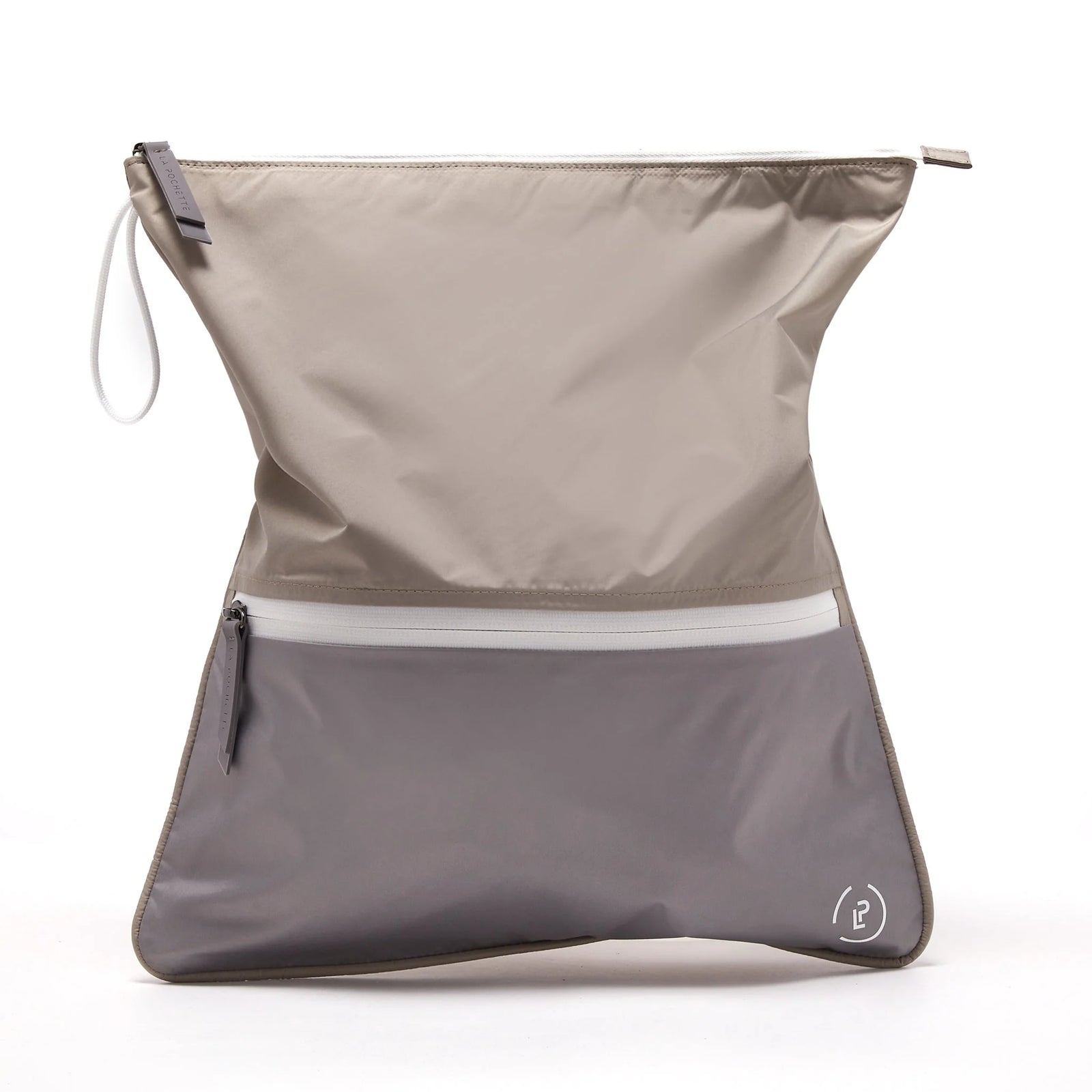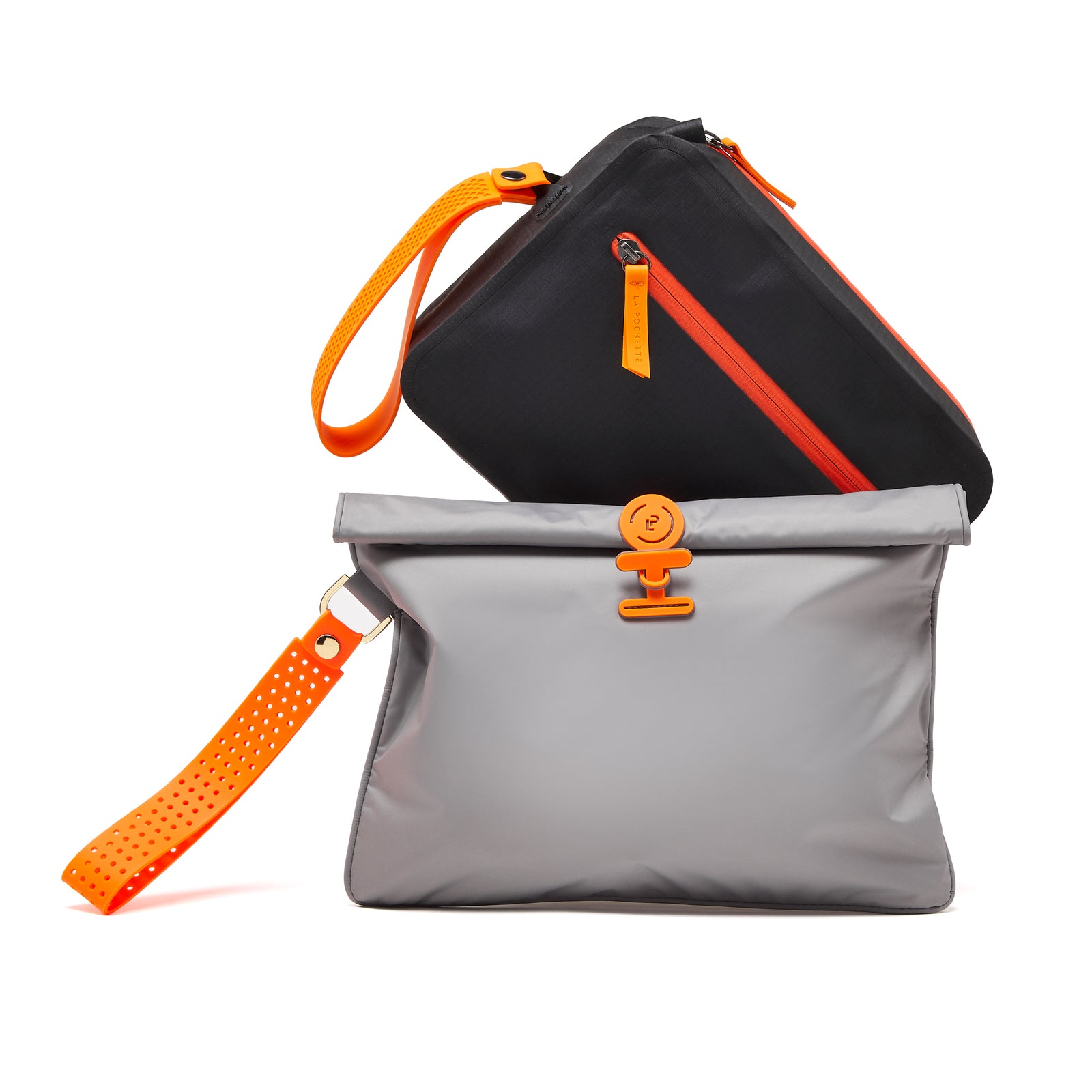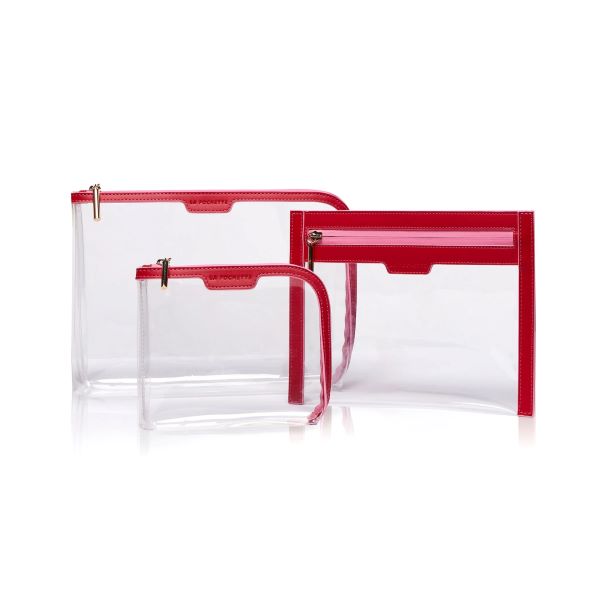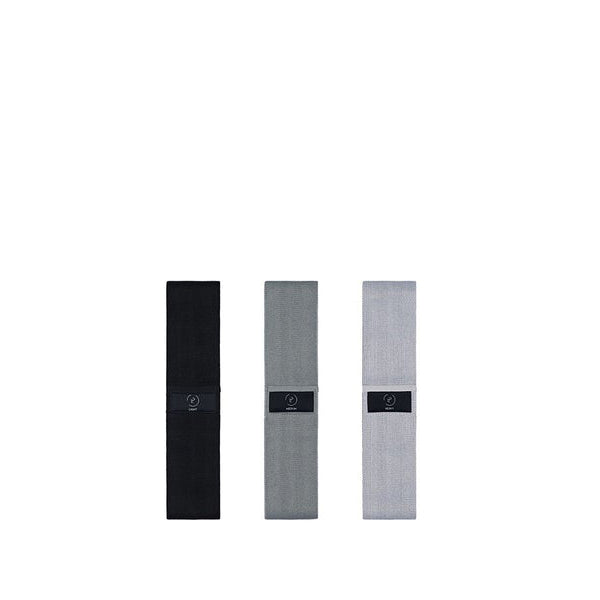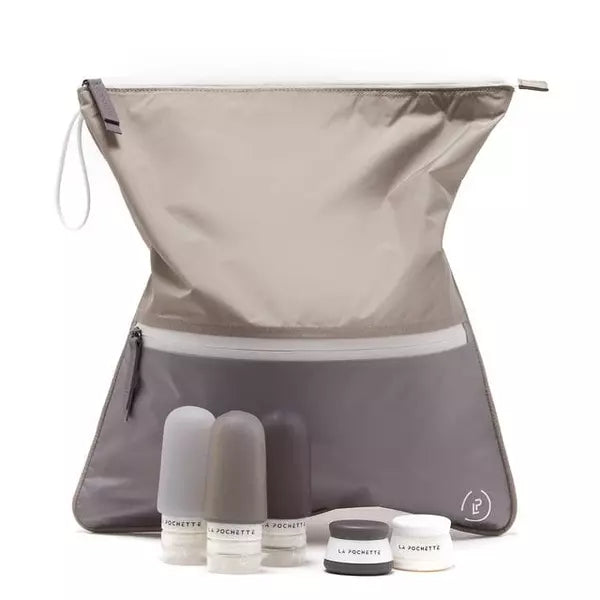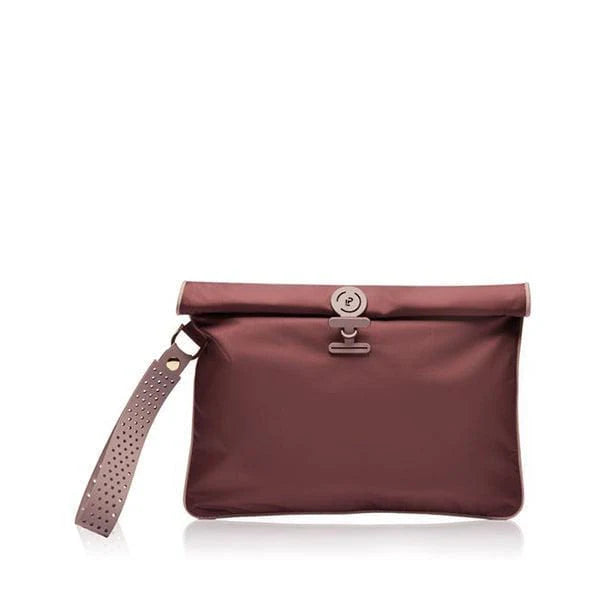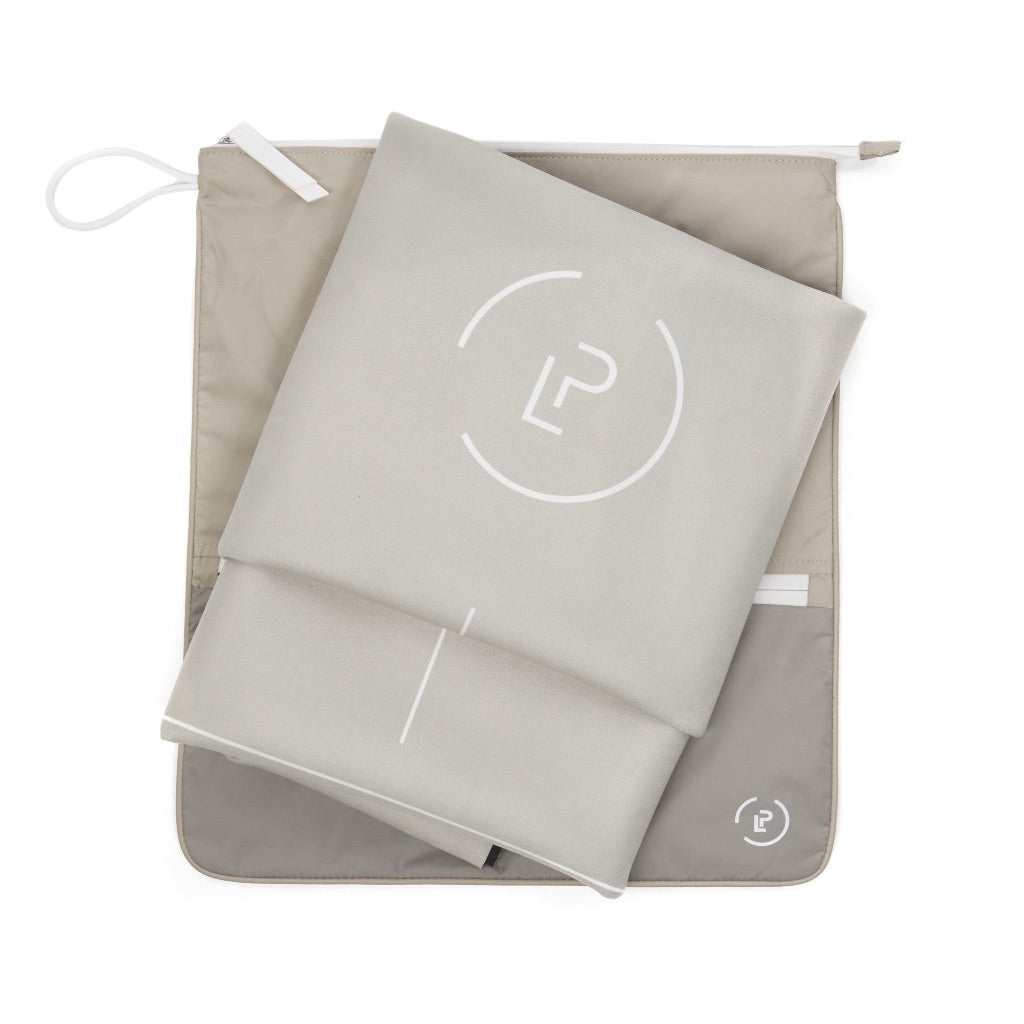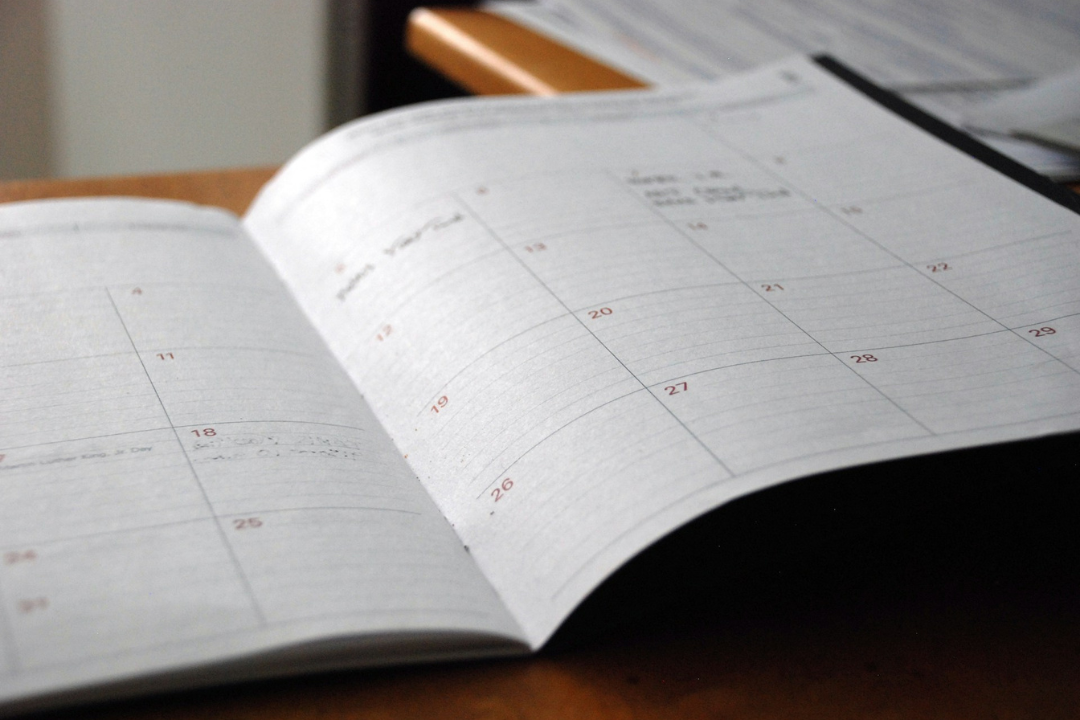Water is purported to be the ‘elixir of life’. It is not Chateauneuf Du Pape apparently. Joking aside, as we head towards warmer days, and given routine and activity levels have changed for many of us, are we getting enough?
Our bodies need to maintain a core temperature of 37-38C, so we sweat to keep cool, resulting in a loss of water. H2O is also depleted via day-to-day metabolisation. So, whether we’re out for a run, or just sitting at a desk, we need to hydrate.
Sounds simple? Sifting through the latest research however, it’s easy to become overwhelmed. From calculating body weight loss when training, to examining individual metabolic rates, it can be tricky to figure optimum hydration out. So where do we begin?
The upshot is that for most of us, with ‘normal’ activity levels, we don’t need to worry. Everyone is different, but according to leading nephrologist Dr Trevor Gerntholtz, the easiest way to read hydration levels is to take a look at your urine. It should ideally be the colour of ‘lightly wooded Chardonnay’ (his words!), or ‘pale straw’. Much darker and you could be dehydrated.
Other more obvious signs that you need to take on board more fluids are of course thirst, as well as dry mouth, and thick saliva. These will become more prevalent with an increase in overall temperature, for example when the mercury rises, or when putting in a hard session at the gym.
Signs and symptoms of dehydration can become apparent after only 2% of normal water volume in the body has been lost. This can lead to thirst, fatigue, headaches and dizziness. It can also lead to loss of performance, both mental and physical. Moreover, water is beneficial in flushing out toxins, lubricating organs and joints, and maintaining the moisture and elasticity of the skin. Anything that’s free has the potential to make us look and feel better, and we’re sold! So how can we make sure we’re getting enough?
A simple rule of thumb when calculating how much water we need comes from the Institute of Medicine, who recommend men drink around 3 litres, and women around 2 litres per day. Everyone’s unique however, so listen to your body.
An easy way to stay hydrated is to make sipping water part of your daily routine. A portable flask helps. Infusing water with fruits, veg or herbs also makes it far more interesting and palatable. Adding lemon slices or mint are two of our favourites.
Don’t forget we can also get water from fruit and veg, so increasing our intake of these foods can’t hurt. Whilst opinions differ, additional fluids can also add to hydration levels such as milk and juice. There are others however that are purported to act as diuretics, namely alcohol, tea, coffee and fizzy drinks, so wise to limit intake of these. During hard workouts or excess sweating, you may also want to opt for a sports drinks containing electrolites to replace lost minerals.
Talking of minerals, it’s also wise not to go wild in vastly exceeding the recommended intake of water. Whilst very rare, it is possible to overdo it by taking on more water than your kidneys can remove, simultaneously diluting essential minerals. Besides which, who wants to spend the majority of the day in the bathroom?
The upshot is, being well hydrated is an easy win. Water is readily available, free, and there are a myriad of potential benefits. We’re off to fill up our La Pochette bottles!
